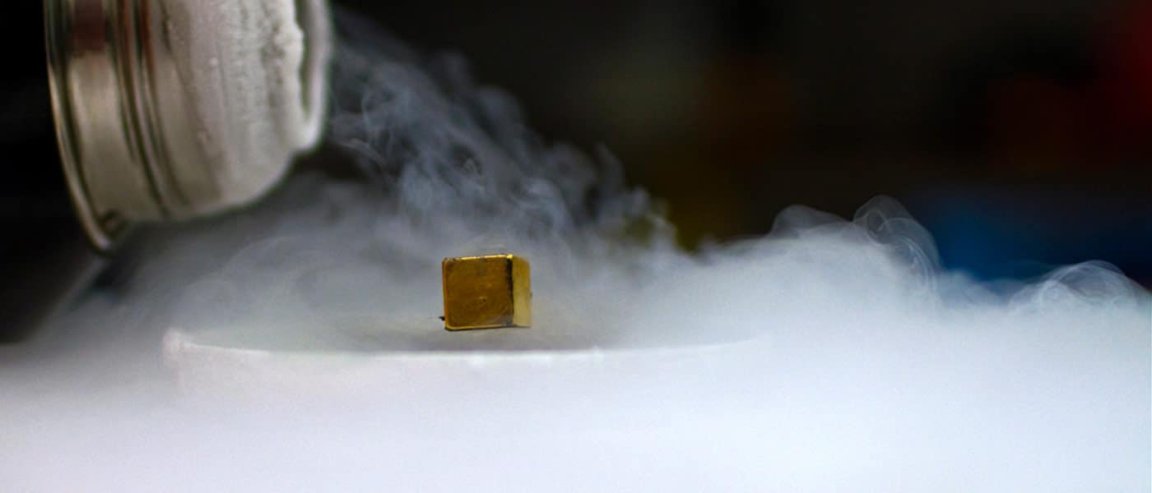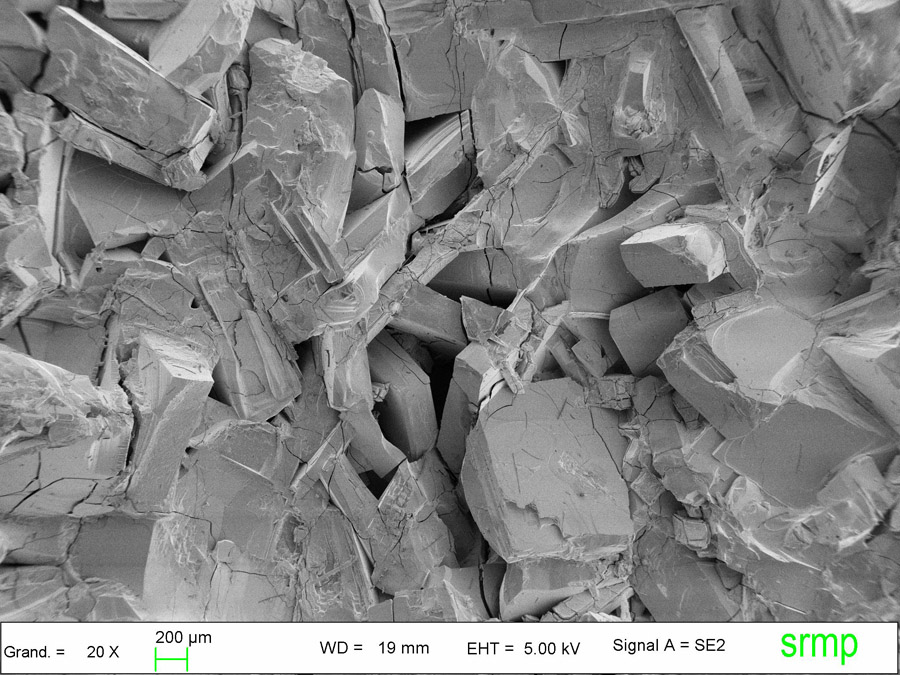
Energy at its Finest
Superconductors are awesome. They can deliver power more efficiently because no energy is lost in electricity resistance — the energy ordered is the energy served, so to speak. Except, as currently conceived, they only work in temperatures close to absolute zero, -273.15 °C (-459 °F).
Now, scientists from the Department of Energy’s Brookhaven National Laboratory led by Ivan Bozovic have managed to make superconductivity work at temperatures over a hundred degrees warmer than absolute zero. The key to the research is a class of compounds, containing layers of copper and oxygen, called cuprates, according to the study. This is a another development to bring us closer to practical superconductors.

Cuprates allow electrical current to flow freely, as if they were in very cold temperatures, without any form of resistance. The also allow electrons to pair up and not repel each other, which they normally would do in regular conductors. Instead, the electron pairs move smoothly and freely through the cuprate superconductor with no heat transference. Electrical current is completely used as energy. Talk about absolute efficiency!
Goodbye Computer Lap-Warmers
Developing superconductors that work in room temperatures will change the way we use electricity. Since they increase efficiency, energy will be cheaper. We can have power grids that can’t waste energy, access to cheaper medical imaging machines, cheaper mag-lev trains (meaning more could be built), and powerful but not bulky supercomputers. Plus, phone and laptop batteries won’t heat up your lap anymore. It’s going to be a game changer.
We still need to figure out, however, what makes cuprates work. Ten years of studying more than 2,000 cuprate samples, mixed with varied amounts of strontium, Bozovic realized that cuprates (like the low superconducting temperature) have the capacity to allow for a high density of electron pairs even at high temperatures.
Superconductivity is dependent on the pairing of electrons, not so much the material which they pass through. The researchers are now studying what triggers the electron-pairing behavior, in the first place. This could be the key to understanding cuprates more fully and making room-temperature superconductors possible.